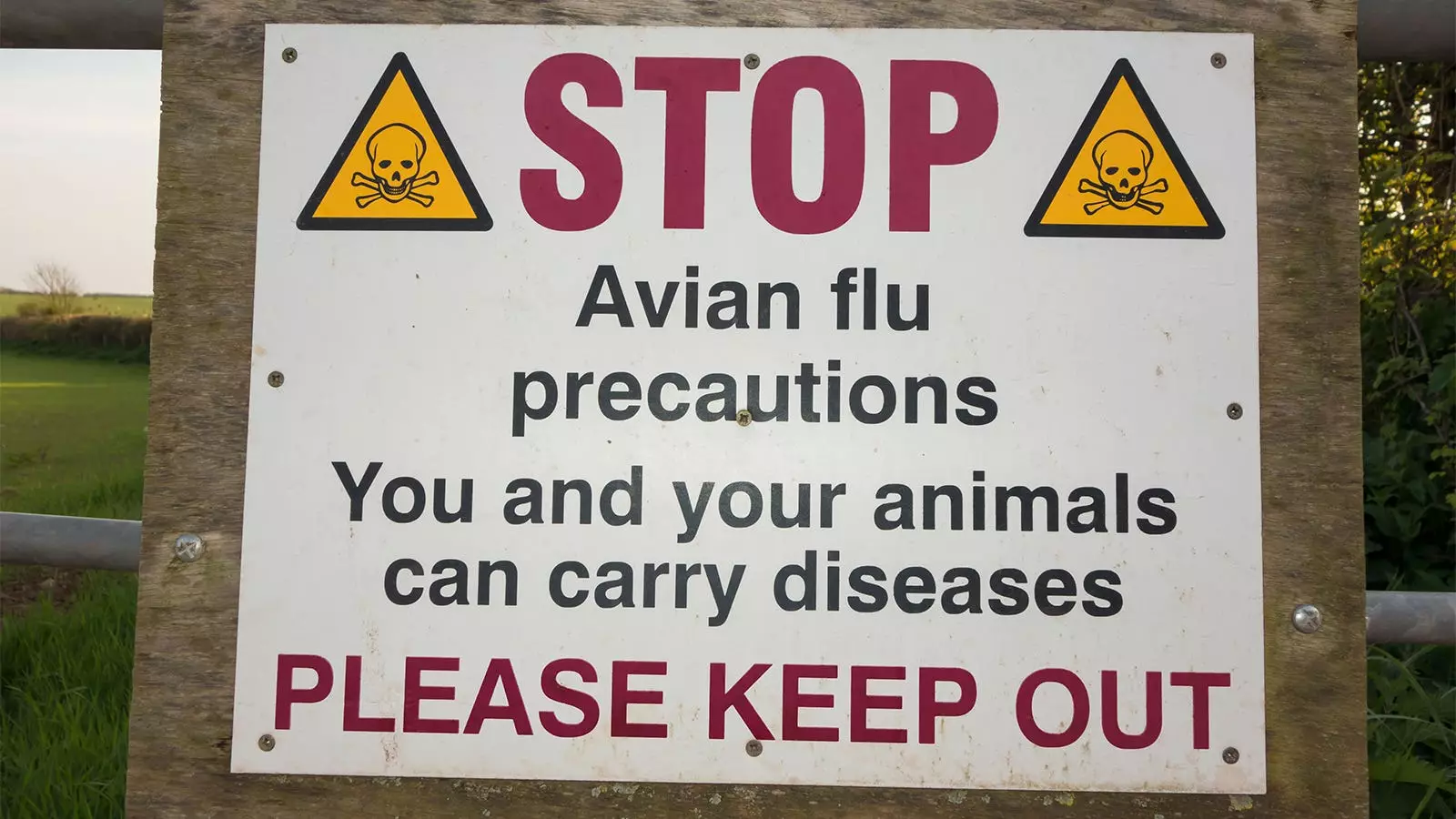Recent findings by the CDC have brought to light the potential risks associated with the highly pathogenic avian influenza A(H5N1) virus, commonly known as bird flu. Health authorities have identified a case where a farmworker on a commercial dairy farm was infected with the H5N1 virus after exposure to presumably infected cattle. This case marks the second instance of H5N1 infection in the U.S., with the first case reported in Colorado in 2022. What makes this new case particularly concerning is that it is the first known instance of presumed transmission from a cow to a human, occurring amidst an outbreak of the virus in dairy cattle.
Risk Factors and Recommendations
While the CDC maintains that the current risk of human-to-human transmission of the virus remains low, individuals with job-related or recreational exposure to potentially infected animals are considered to be at higher risk of infection. The health advisory recommends that clinicians be vigilant in considering the possibility of H5N1 infection in individuals exhibiting signs or symptoms of acute respiratory illness and/or conjunctivitis, particularly if they have had relevant exposure history. This exposure history may include contact with sick or dead birds, livestock, or other animals, direct contact with contaminated water or surfaces, or prolonged exposure in confined spaces.
Symptoms and Precautions
Symptoms of bird flu can vary from mild to severe, ranging from upper respiratory illness to systemic disease. In light of this, patients who are suspected of being infected are advised to isolate themselves from household members and refrain from attending work or school until test results confirm their health status. In cases where infection is confirmed, patients and their household members are recommended to receive post-exposure prophylaxis with antiviral medications such as oseltamivir (Tamiflu).
The recent cases of avian influenza A(H5N1) virus transmission from animals to humans underscore the importance of vigilance and preventive measures in safeguarding public health. Clinicians, health departments, and individuals with potential exposure to infected animals must remain alert to the symptoms of bird flu and take immediate precautions to prevent further spread of the virus. By staying informed and following recommended guidelines, we can work together to mitigate the risks posed by the H5N1 virus and protect the well-being of our communities.


Leave a Reply